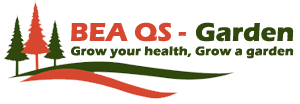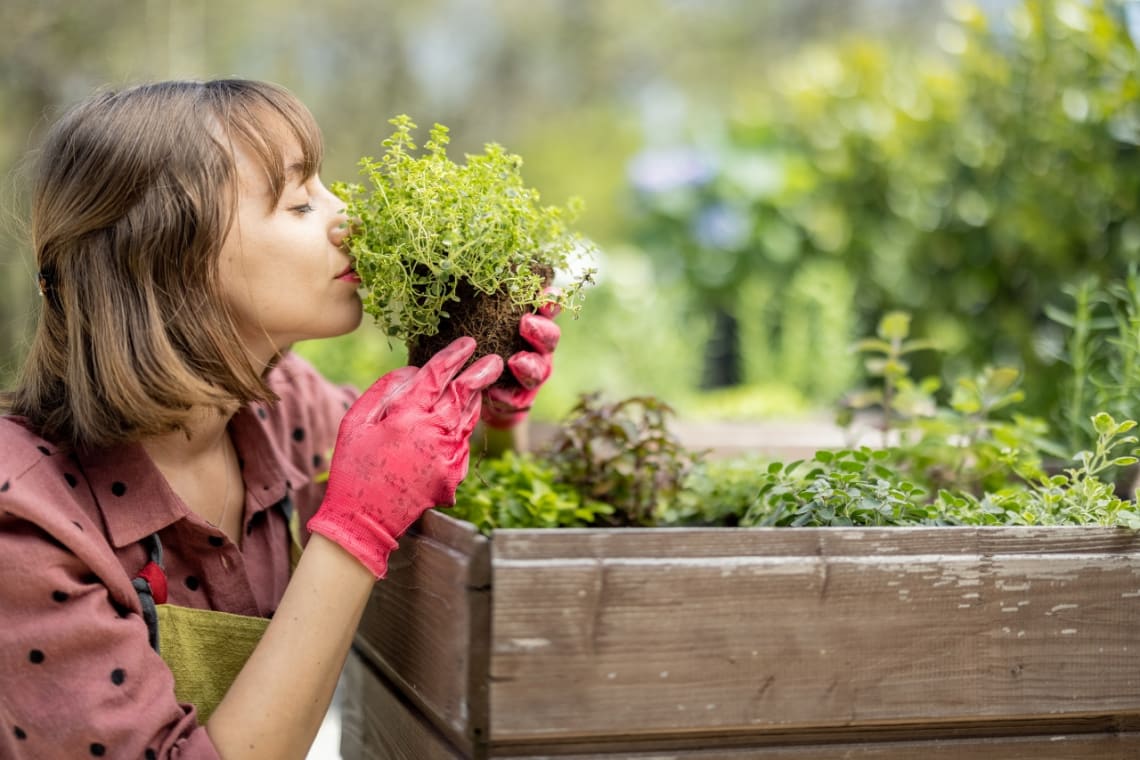Heirloom apples are varieties that have been cultivated for centuries, often before the advent of modern agricultural practices. These apples are known for their diverse flavors, resilience, and historical significance. In Britain, heirloom varieties can range from tart cooking apples to sweet dessert apples, each with its own story and characteristics.
Choosing the Right Varieties for Your Climate
Britain’s temperate climate is suitable for many heirloom apple varieties, but it’s essential to select types that will thrive in your specific region. Consider factors such as local weather patterns, soil conditions, and disease prevalence. Varieties that have been historically grown in your area are often a good choice, as they have adapted to the local conditions over time.
Site Selection and Soil Preparation
The success of your heirloom apple trees starts with choosing the right site and preparing the soil. Apple trees need plenty of sunlight, ideally at least six to eight hours per day. They also require well-draining soil with a pH between 6.0 and 7.0.
Before planting, do a soil study to determine its pH level and nutrient contents. Adjust the soil as necessary to create an optimal environment for plant development. Improving soil structure and fertility can be accomplished by adding organic matter, such as compost or well-decomposed manure. Proper site preparation is crucial to provide the best possible initial growth for your plants.
Planting Your Heirloom Apple Trees
When planting heirloom apple trees, timing is crucial. In Britain, the best time to plant is during the dormant season, typically from late autumn to early spring. This allows the trees to establish their root systems before the growing season begins.
Excavate a pit with dimensions that are twice as wide and deep as the root ball of the tree. Place the tree in the hole, ensuring that the graft union, which is the enlarged region where the tree has been joined to the rootstock, is positioned above the level of the dirt. Place soil into the hole, compacting it carefully to remove any trapped air. After planting, it is important to properly water the tree in order to allow the soil to settle.
Pruning and Training
Pruning is essential for maintaining the health and productivity of heirloom apple trees. It helps to shape the tree, remove dead or diseased wood, and promote better air circulation and light penetration.
For young trees, focus on developing a strong central leader and evenly spaced scaffold branches. This structure will support the tree as it grows and bears fruit. In the first few years, remove any competing leaders and thin out crowded branches.
As the tree matures, annual pruning will involve removing any suckers (shoots that grow from the base), water sprouts (vigorous, upright shoots), and any branches that cross or rub against each other. Pruning should be done during the dormant season to minimize stress on the tree.
Watering and Fertilizing
Heirloom apple trees require a steady supply of water, particularly in the initial years when they are developing their root systems. Water the plants well and consistently, making sure the soil is damp but not too saturated. Applying mulch around the tree’s base can effectively preserve moisture and inhibit the growth of weeds.
Fertilisation is crucial for promoting robust development and enhancing fruit yield. During the initial year, it is recommended to utilise a well-balanced fertiliser that releases nutrients gradually, ensuring the provision of important elements. In the following years, applying a layer of compost or well-decomposed manure in the spring can provide the required nutrients. To prevent excessive vegetative growth and reduce fruit output, it is advisable to refrain from over-fertilizing.
Pest and Disease Management
Heirloom apple varieties, like all apple trees, are susceptible to various pests and diseases. Common issues in Britain include apple scab, powdery mildew, and codling moth. Integrated Pest Management (IPM) strategies can help manage these problems effectively.
Regularly inspect your trees for signs of pests and diseases. Remove and destroy any affected fruit or foliage to prevent the spread of infection. Encouraging natural predators, such as birds and beneficial insects, can help control pest populations.
Applying organic treatments, such as horticultural oils or neem oil, can also manage pests and diseases. Ensure you follow the recommended application rates and timings to avoid harming beneficial organisms.
Thinning the Fruit
Thinning is the process of removing some of the developing fruit to improve the size and quality of the remaining apples. It also helps prevent biennial bearing, where the tree produces a heavy crop one year and a light crop the next.
Thin the fruit when it is about the size of a marble, typically in late spring. Aim to leave one fruit per cluster and space them about six inches apart along the branches. This allows the tree to channel its energy into producing fewer, but larger and healthier, apples.
Harvesting and Storing
Knowing when to harvest your heirloom apples is crucial to enjoying their full flavor and quality. Apples ripen at different times depending on the variety, so familiarize yourself with the specific harvest times for your chosen types.
Look for signs of ripeness, such as a change in color, ease of separation from the tree, and a sweet aroma. Gently twist or lift the apple – if it comes away easily, it is likely ready to harvest.
Store your apples in a cool, dark place with good air circulation. Many heirloom varieties store well and can last several months if kept in the right conditions. Check your stored apples regularly for signs of rot or spoilage and remove any affected fruit promptly.
Grafting and Propagation
Grafting is a traditional method used to propagate heirloom apple varieties. This technique involves joining a scion (a piece of a desirable apple variety) onto a rootstock. Grafting allows you to reproduce the exact genetic characteristics of the parent tree.
There are several grafting methods, including whip and tongue, cleft, and bud grafting. Each technique has its advantages, and the choice depends on the time of year and the size of the scion and rootstock.
For those new to grafting, it is often helpful to attend a workshop or seek guidance from an experienced grafter. Successful grafting requires precision and practice, but it is a valuable skill for preserving and propagating heirloom apple varieties.
Preserving Heirloom Varieties
Growing heirloom apples is not just about enjoying unique flavors; it is also about preserving biodiversity and cultural heritage. By cultivating these varieties, you contribute to the conservation of genetic diversity and the protection of traditional horticultural knowledge.
Consider participating in local or national heritage apple programs. These initiatives often focus on identifying, documenting, and promoting heirloom varieties. Sharing your experiences and cuttings with other gardeners can help ensure these valuable apple types continue to thrive for future generations.
Challenges and Solutions
Growing heirloom apple varieties can present unique challenges. These trees may be more susceptible to certain pests and diseases than modern hybrids, and they often require more intensive management. However, the rewards of cultivating heirloom apples – from their superior taste to their historical significance – make the effort worthwhile.
If you encounter problems, seek advice from local gardening groups, agricultural extension services, or nursery professionals. They can provide tailored recommendations based on your specific conditions and the varieties you are growing.
The Joy of Heirloom Apples
The process of cultivating heritage apple varieties is replete with opportunities for education and exploration. Every tree possesses unique characteristics and idiosyncrasies, and seeing their growth and fruit-bearing process may be immensely gratifying. Regardless of your level of experience in gardening, cultivating these ancient apples may enhance your bond with nature and the past.
Conclusion
Heirloom apple varieties offer a unique opportunity to grow fruit with rich flavors, fascinating histories, and excellent diversity. By selecting the right varieties for your climate, preparing your site carefully, and following best practices for planting, pruning, watering, and pest management, you can enjoy a bountiful harvest of these exceptional apples. With patience, dedication, and a bit of expert guidance, your heirloom apple trees can thrive and become a cherished part of your garden or orchard for many years to come.




